What is minimally invasive surgery?
Minimally invasive surgery includes various techniques that allow your surgeon to operate with less damage to your body than traditional open surgery entails. During open surgery, your surgeon makes a large incision so they can see where they’re operating. Minimally invasive surgery uses specialized instruments and small cameras that allow your surgeon to see the inside of your body without making a large cut. Advantages of minimally invasive surgery include:
- Smaller incisions
- Less pain
- Reduced blood loss
- Lower risk of infection
- Shorter hospital stay
- Faster and easier recovery
The Tier 1 Orthopedic and Neurosurgical Institute team takes a conservative, patient-focused approach to treatment. When surgery is necessary, they use the least-invasive method possible.
What are the types of minimally invasive surgery?
There are many ways to perform minimally invasive surgery. Depending on your needs, the Tier 1 Orthopedic and Neurosurgical Institute team may recommend one of the following:
Arthroscopic surgery
This technique uses an arthroscope, which is a thin, flexible tube with a light and camera. The arthroscope fits into a buttonhole-sized incision and allows your surgeon to visualize the inside of a joint. Arthroscopy can help diagnose and treat a wide range of common problems, from shoulder pain to torn cartilage in your knee.
Robotic surgery
Robotic surgery involves the assistance of a robotic arm, which also includes a small camera to visualize your internal organs. Robotic technology allows your surgeon to operate with a higher degree of control, precision, and flexibility.
Minimally invasive spine surgery
Minimally invasive spine surgery (MISS) uses an instrument called a tubular retractor, gently pushing aside muscle and soft tissue to create a tunnel to a specific area of your spine. Your surgeon operates through this tunnel while using a specialized microscope and real-time X-ray images for guidance.
What conditions can minimally invasive surgery treat?
Minimally invasive surgery can treat many of the same injuries and disorders as open surgery, including:
- Arthritis
- Sports injuries
- Knee pain
- Shoulder pain
- Hip pain
- Foot and ankle pain
- Back pain
- Neck pain
In some cases, open surgery may be a more effective approach. Your surgeon discusses the risks and benefits of each procedure and recommends the best option for you. To learn more about minimally invasive surgery, call Tier 1 Orthopedic and Neurosurgical Institute, or request an appointment online today.

